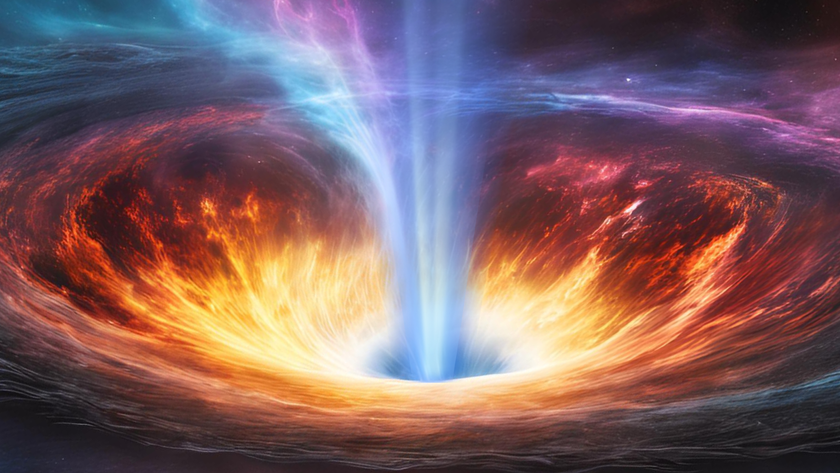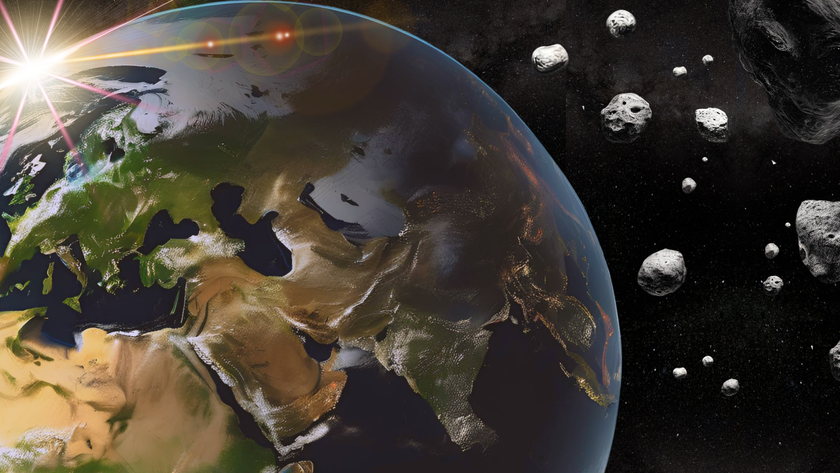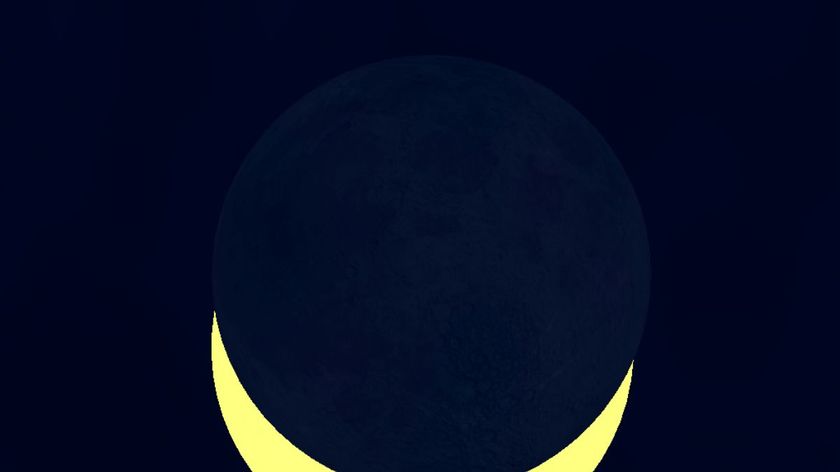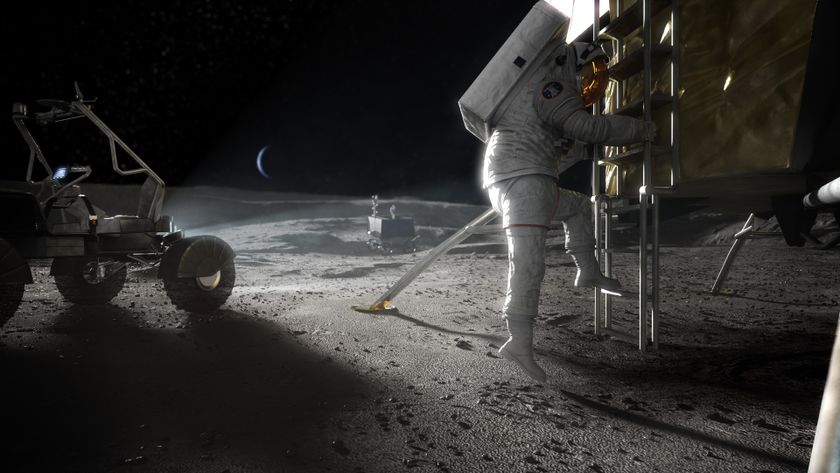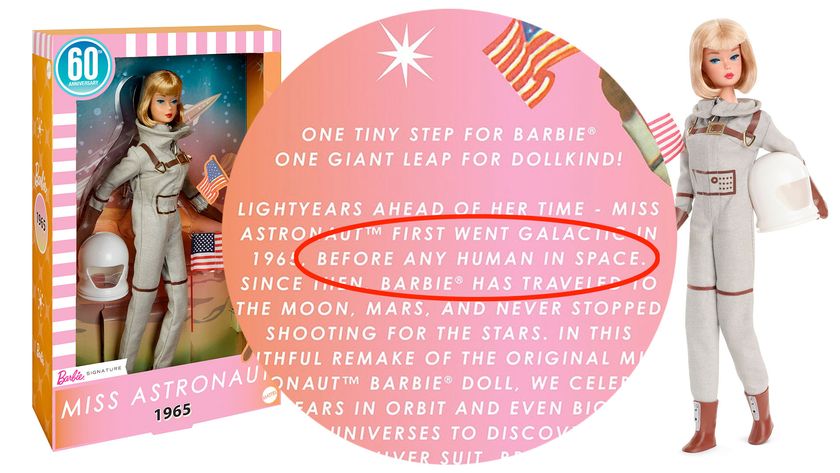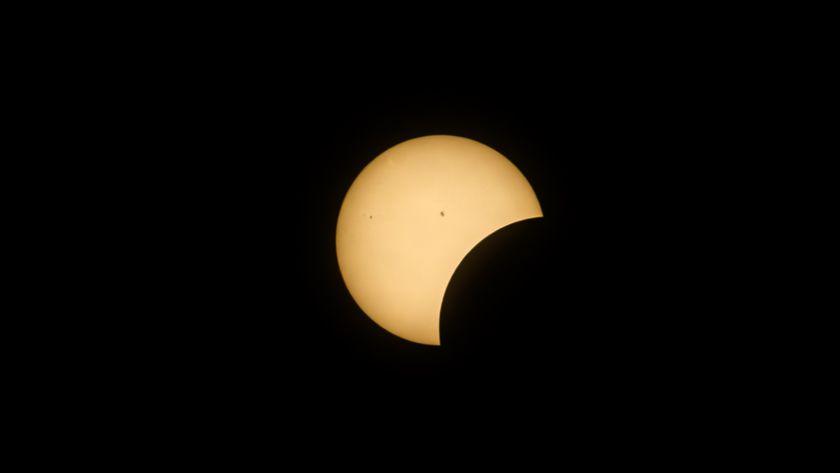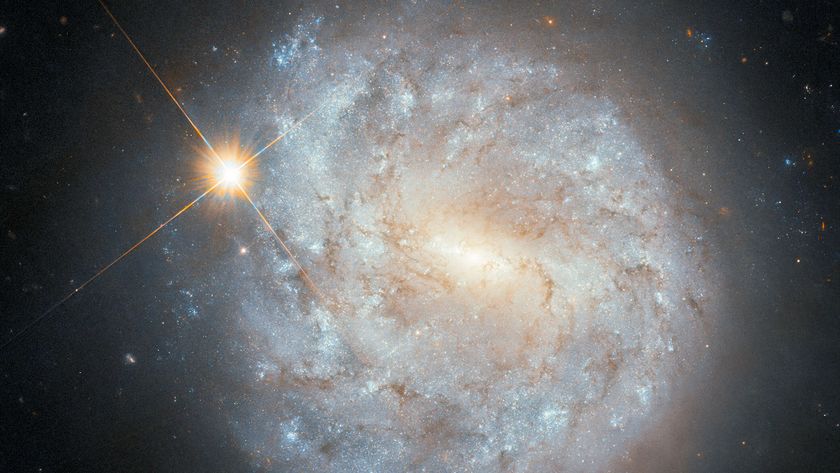As Gaia Maps Our Galaxy, This Telescope Keeps an Eye on the Spacecraft
Europe's star-mapping spacecraft, Gaia, streaks across the Milky Way in a new image captured by a ground telescope. The image will help refine scientists' knowledge of Gaia's orbit.
The observations by the VLT Survey Telescope (VST) in Chile are supposed to help Gaia managers better track the spacecraft's orbit and thus improve the accuracy of the star map Gaia generates, according to a statement from the European Southern Observatory (ESO), which oversees VST. During this observing process, VST tracks Gaia's position every second night to help the spacecraft in its own mission of recording the positions and velocities of stars. Several other ground telescopes also keep a watchful eye on Gaia.
Related: Gaia Was Studying Stars, But It Found Something Else — 3 Asteroids
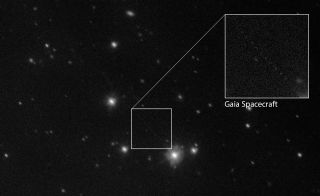
Finding the spacecraft in the sky is no small challenge; ESO officials said that Gaia is very dim compared to nearby stars. "The spacecraft is what we call a 'moving target,' as it is moving quickly relative to background stars — tracking Gaia is quite the challenge," Monika Petr-Gotzens, who has coordinated the execution of ESO's observations of Gaia since 2013, said in the statement.
However, this unique collaboration allows for precise science. A part of Gaia's second release of data late last year, which mapped 1.7 billion stars, allowed researchers to identify the spacecraft's position in space to an incredible precision of up to 20 milliarcseconds, a tiny fraction of a degree of arc. Scientists accomplished this through ground observations and by identifying the stars in Gaia's field of view.
New information about Gaia's orbital track will be fed into future observations of the spacecraft, and scientists plan to apply it to the observations Gaia already performed, ESO officials added. Both procedures will help to better refine our understanding of Gaia's orbit in space over time.
- Photos: Gaia Spacecraft to Map Milky Way Galaxy
- How the Gaia Galaxy-Mapping Satellite Works (Infographic)
- New Telescope in Chile Unveils Stunning First Images
Follow Elizabeth Howell on Twitter @howellspace. Follow us on Twitter @Spacedotcom and on Facebook.
Get the Space.com Newsletter
Breaking space news, the latest updates on rocket launches, skywatching events and more!
Join our Space Forums to keep talking space on the latest missions, night sky and more! And if you have a news tip, correction or comment, let us know at: community@space.com.

Elizabeth Howell (she/her), Ph.D., was a staff writer in the spaceflight channel between 2022 and 2024 specializing in Canadian space news. She was contributing writer for Space.com for 10 years from 2012 to 2024. Elizabeth's reporting includes multiple exclusives with the White House, leading world coverage about a lost-and-found space tomato on the International Space Station, witnessing five human spaceflight launches on two continents, flying parabolic, working inside a spacesuit, and participating in a simulated Mars mission. Her latest book, "Why Am I Taller?" (ECW Press, 2022) is co-written with astronaut Dave Williams.
